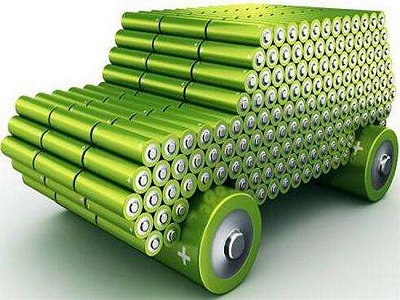Lithium-ion batteries, as a new generation of rechargeable power sources, have the advantages of long cycle life, large volume density, high operating voltage, high safety performance, and wide operating temperature range. They are the mainstream development direction of current rechargeable batteries. It also has the characteristics of low maintenance requirements and no memory effect. It can be charged and discharged at any time during the battle, and requires almost no battlefield maintenance, reducing logistical burden. Therefore, it has been valued and developed by the military of all countries. In recent years, lithium-ion batteries have been widely used in military equipment such as individual combat systems, submarines, unmanned aerial vehicles, and aerospace vehicles, and have shown broad application prospects in land, sea, air, and space.

Lithium-ion batteries have the following advantages in military applications.
- High working voltage. The discharge voltage of one lithium-ion battery is equivalent to three traditional batteries. Under the same conditions of use, the battery usage is greatly reduced.
- High energy density. It is two to three times that of ordinary batteries, plus small size and light weight. It has irreplaceable advantages for field portable electronic equipment.
- Long cycle life. The service life is as long as 10 to 15 years. Compared with the traditional battery 7 to 8 years, the impact of high cost is reduced.
- No environmental pollution. Does not contain lead, mercury and other heavy metals, is a clean green energy source.
- No memory effect. Can be charged and discharged at will, especially in wartime and emergency situations show excellent performance.
- Low maintenance rate. Hardly any maintenance is needed, reducing the logistical burden during wartime.
- In addition, it has the advantages of high safety performance and wide operating temperature range.
In recent years, various countries have vigorously developed lithium-ion batteries as a new type of battery that replaces traditional storage batteries. The new lithium-ion batteries have many characteristics and show irreplaceable advantages in portable electronic equipment applications.
Tends to be bendable and lightweight. With the increasing number of miniaturized, portable, and wearable electronic equipment, the power supply required to adapt to it has the characteristics of light weight, small size, high specific energy, and arbitrary deformation. Lithium-ion batteries have become the first choice for the above-mentioned electronic devices due to their excellent performance. power supply. In 2013, the U.S. military developed a stretchable lithium-ion battery that can be built into the wristband of a watch to power individual smart watches and other devices. Japan has newly introduced a flexible ultra-thin lithium-ion battery that maintains stable power output after bending and folding. Another technical highlight of the battery is the use of wireless charging technology, which eliminates the need for a wearable device to specifically design a battery installation area.
The energy density continues to increase. A major factor in promoting the development of lithium-ion batteries is the application of emerging battery materials. In recent years, with the application of a variety of new electrode materials, key performances such as energy density, cycle life, and stability of lithium-ion batteries have been greatly improved. In addition, the lithium ion battery manufacturing process has also achieved a number of technological breakthroughs. Japan's new high-temperature resistant solid-state lithium-ion battery still has good electrical conductivity in a high-temperature environment of 150 ° C. This technology expands the application range of lithium-ion batteries. The United States uses a spraying process to manufacture lithium-ion batteries in a large area, which can form batteries on the surface of almost all objects, which can further improve the energy security capability of the battlefield.
Technical breakthroughs in safety performance. High security is the rigid requirement of military equipment for lithium-ion batteries, which guarantees the absolute safety of the battery when subjected to high-strength shocks and impacts, mainly through the use of high-safety materials and optimized battery structure. In January 2017, Stanford University in the United States developed a micro smart fiber containing a flame retardant, which is inserted between the battery's electrodes to prevent the battery from short-circuiting and catching fire. In the test, when the temperature of the lithium ion battery reaches above 160 ° C, the flame retardant will be released into the electrolyte to ensure the safety of the battery.
First choice for future military equipment
As a power source, lithium-ion batteries have been widely used in individual soldiers' electronic equipment, submarines, torpedoes, and drones in recent years. They have shown good performance and have gradually become an important energy source for military equipment.


